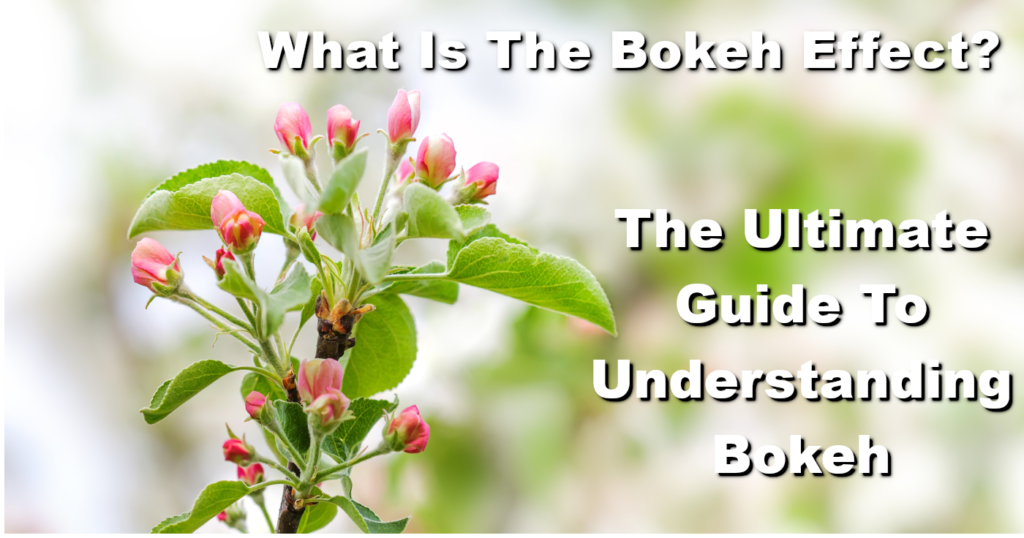You’ll want a fast lens to get good bokeh in your photos. A ‘fast lens’ means a lens that has a large aperture – at least f/2.8. An aperture of f/1.8 would be even better (remember that the lower f means a bigger aperture). A large aperture means a shallower depth of field which is exactly what you want for good bokeh.
Another thing to consider is the number of blades your aperture has. The more blades, the rounder lights will look when you use bokeh. That’s not to say that rounder is better. Some photographers prefer polygons to soft orbs of light. It’s an artistic choice for you to make.

